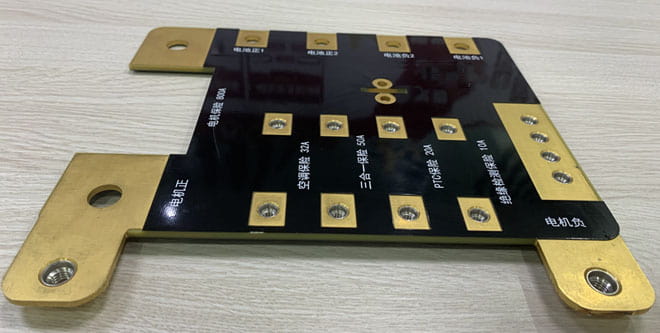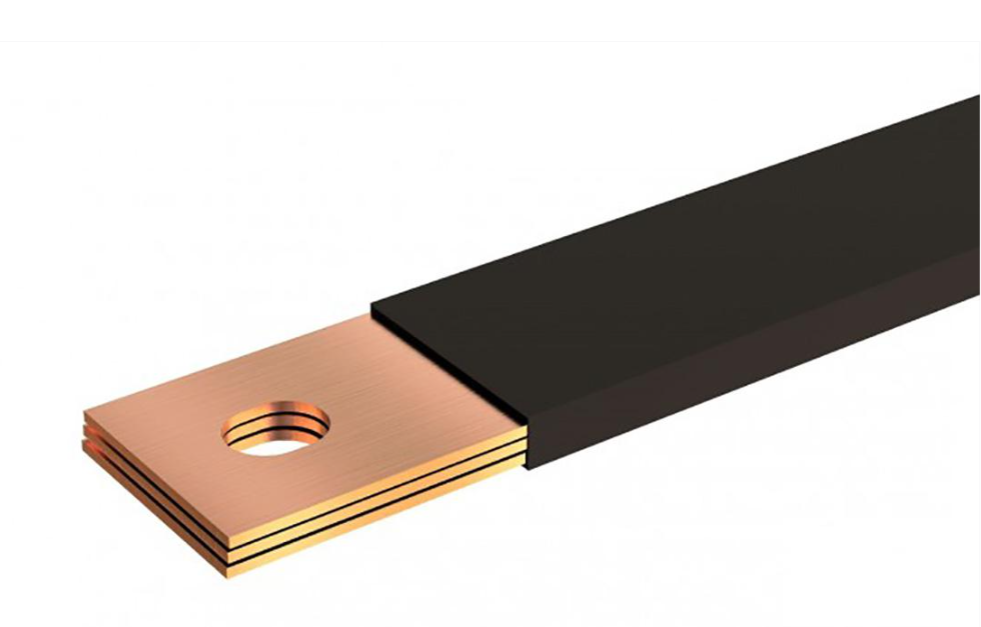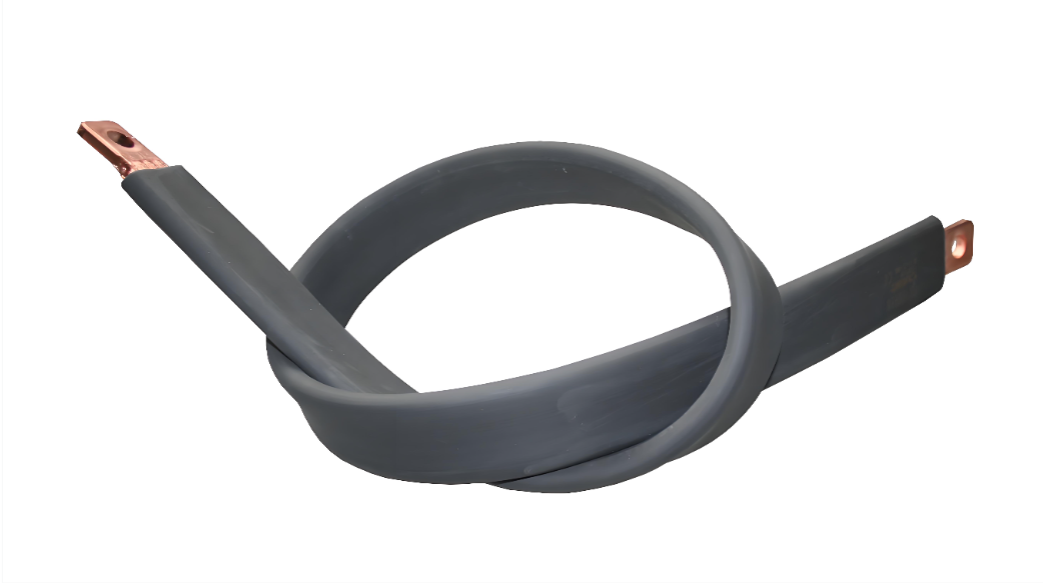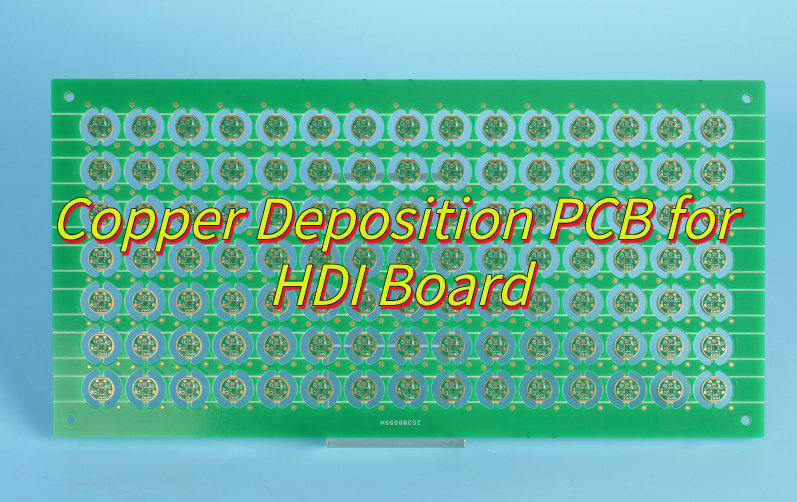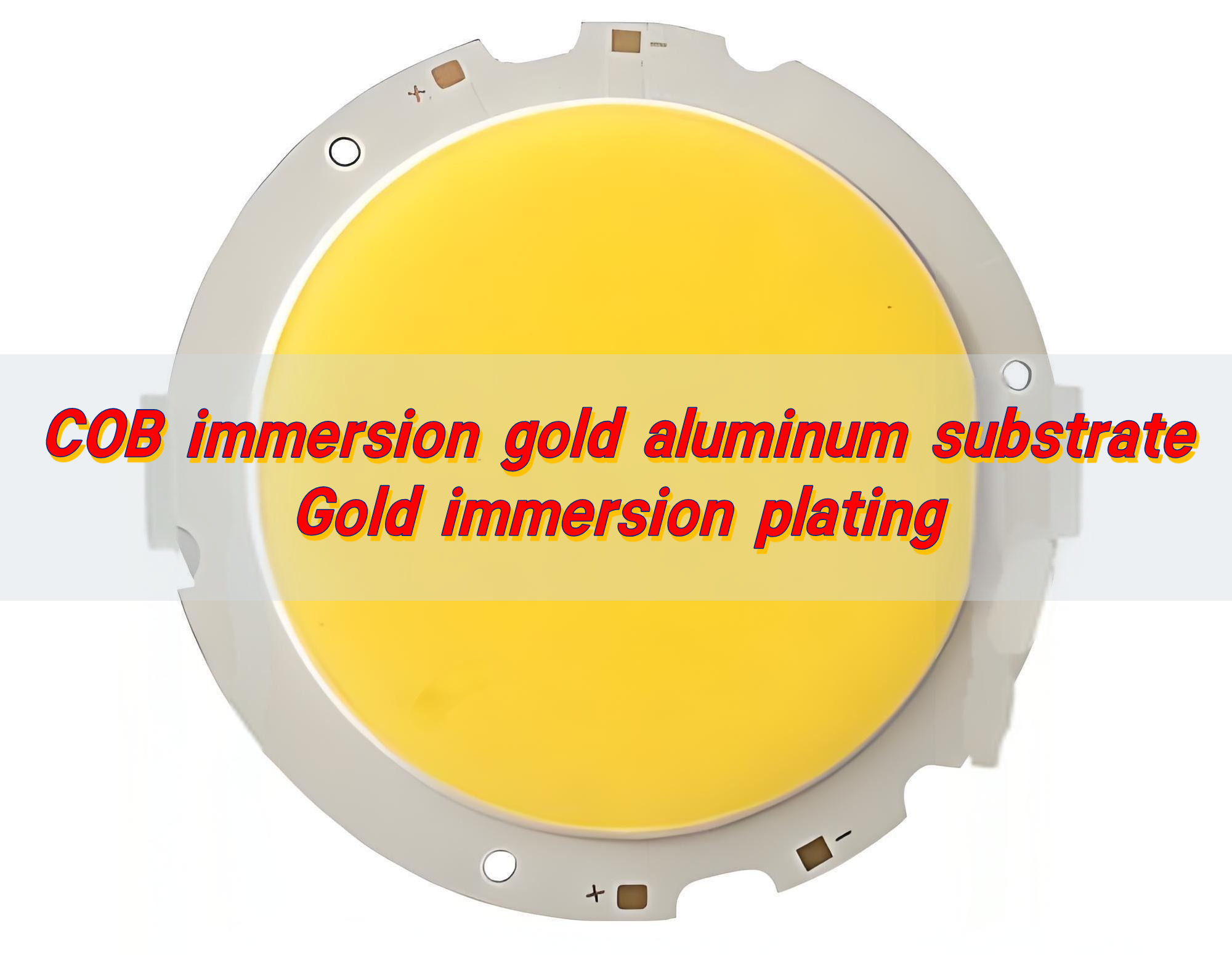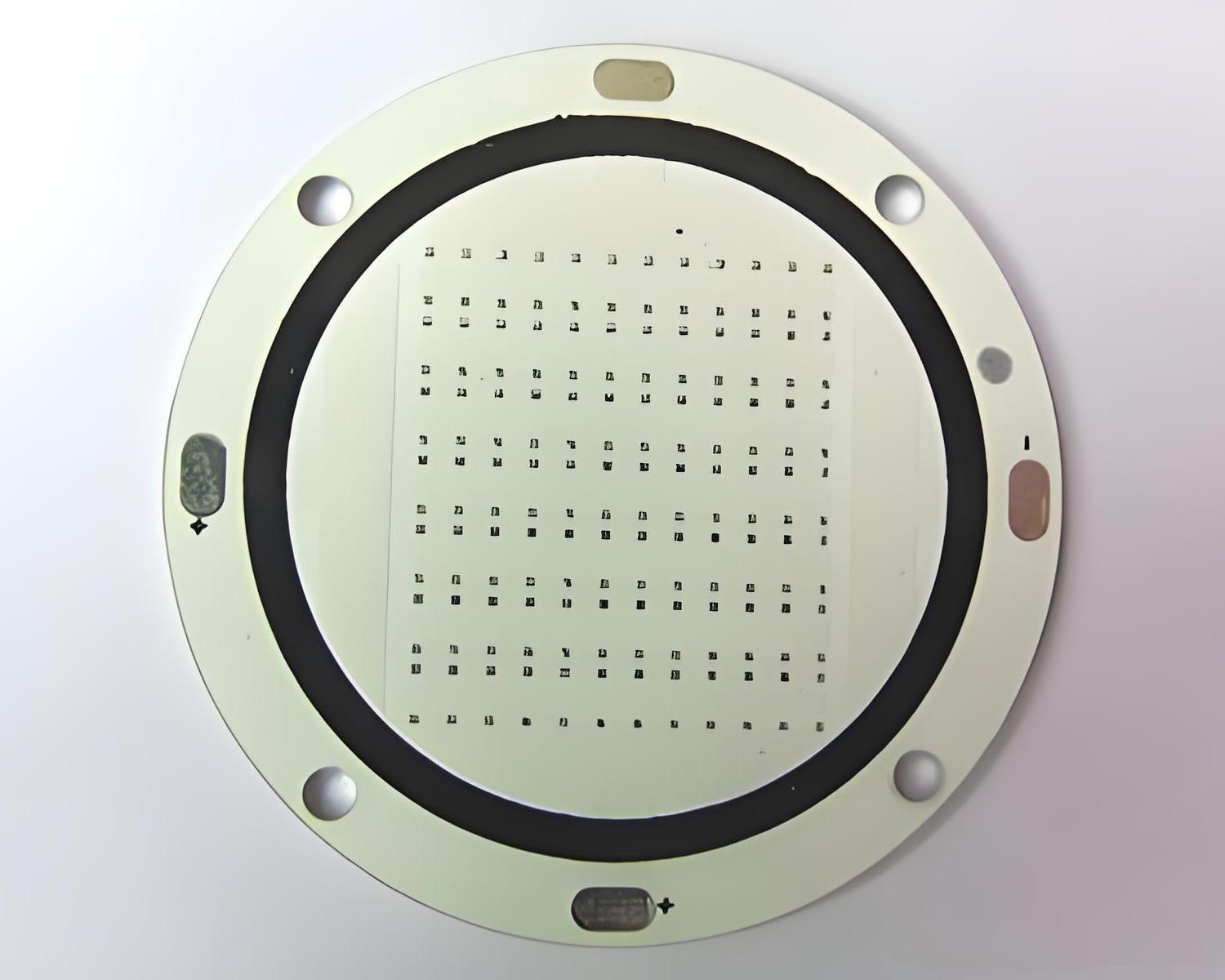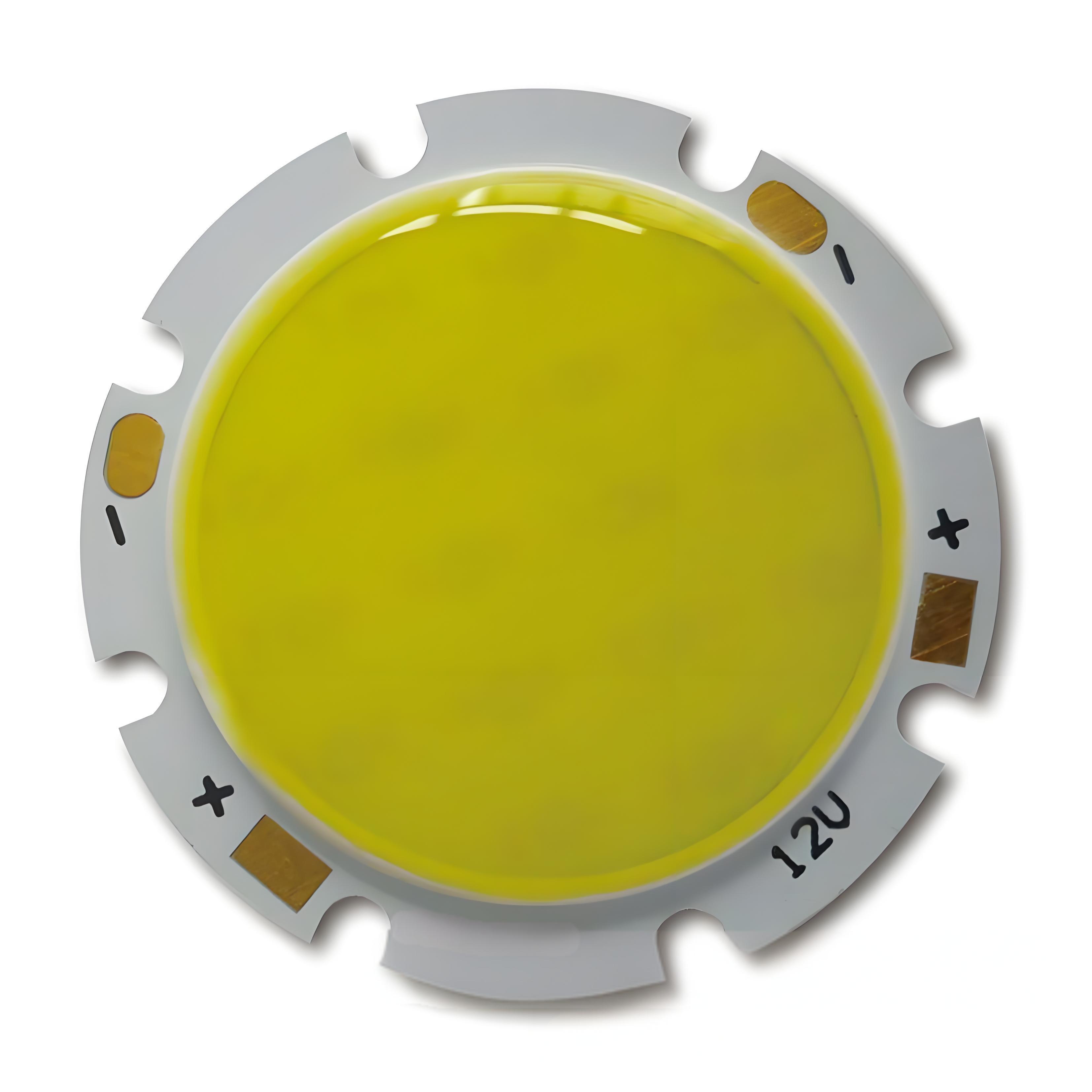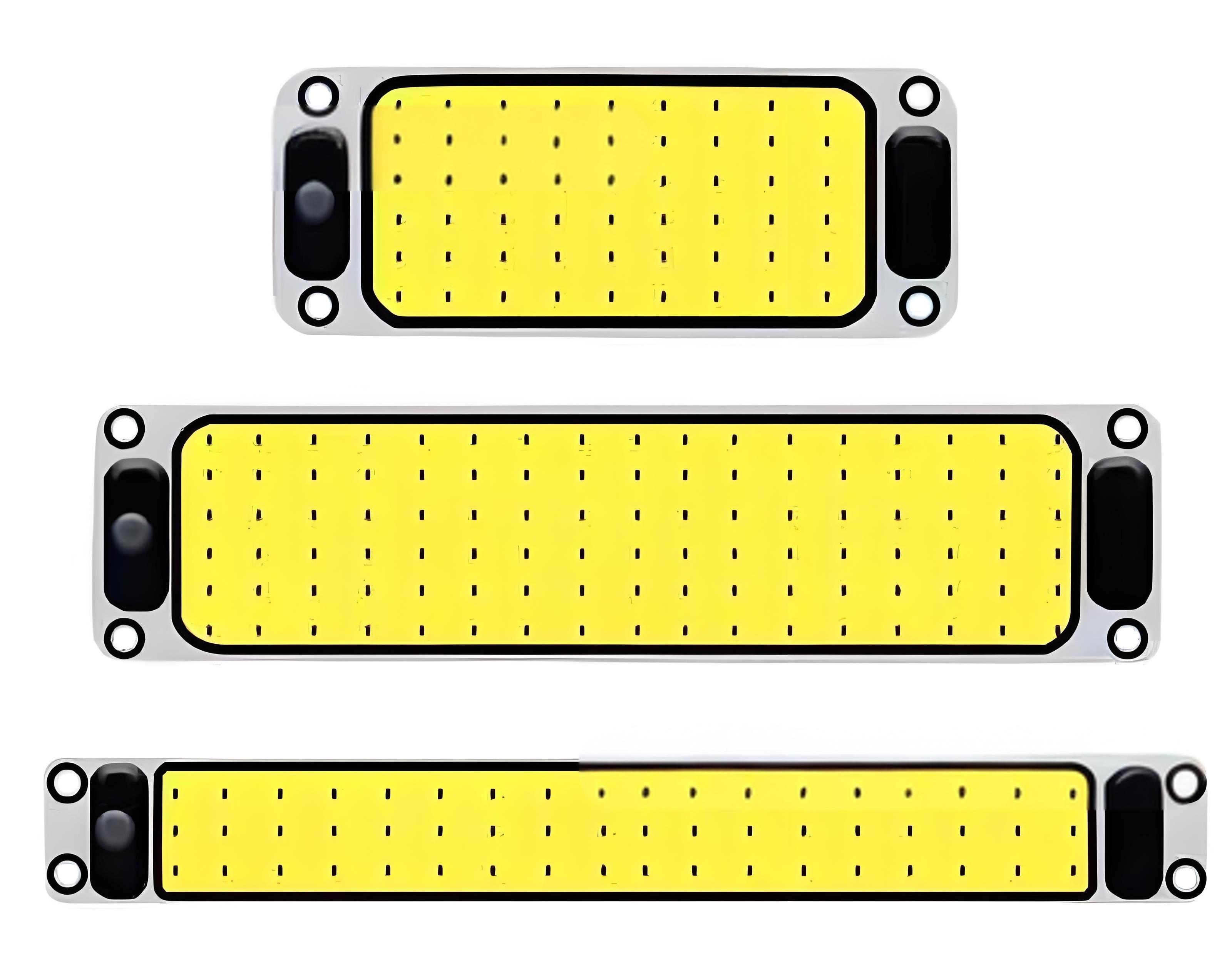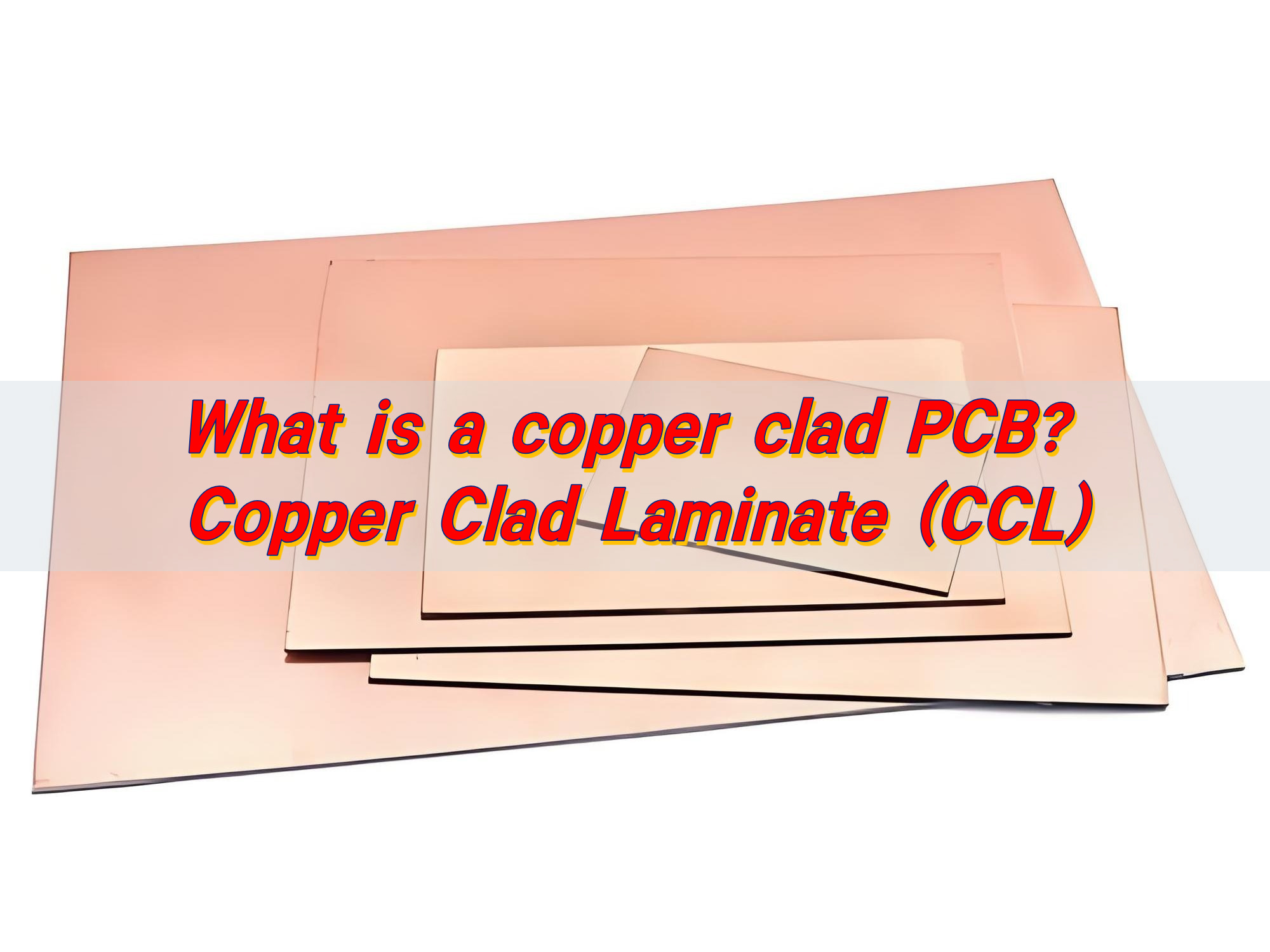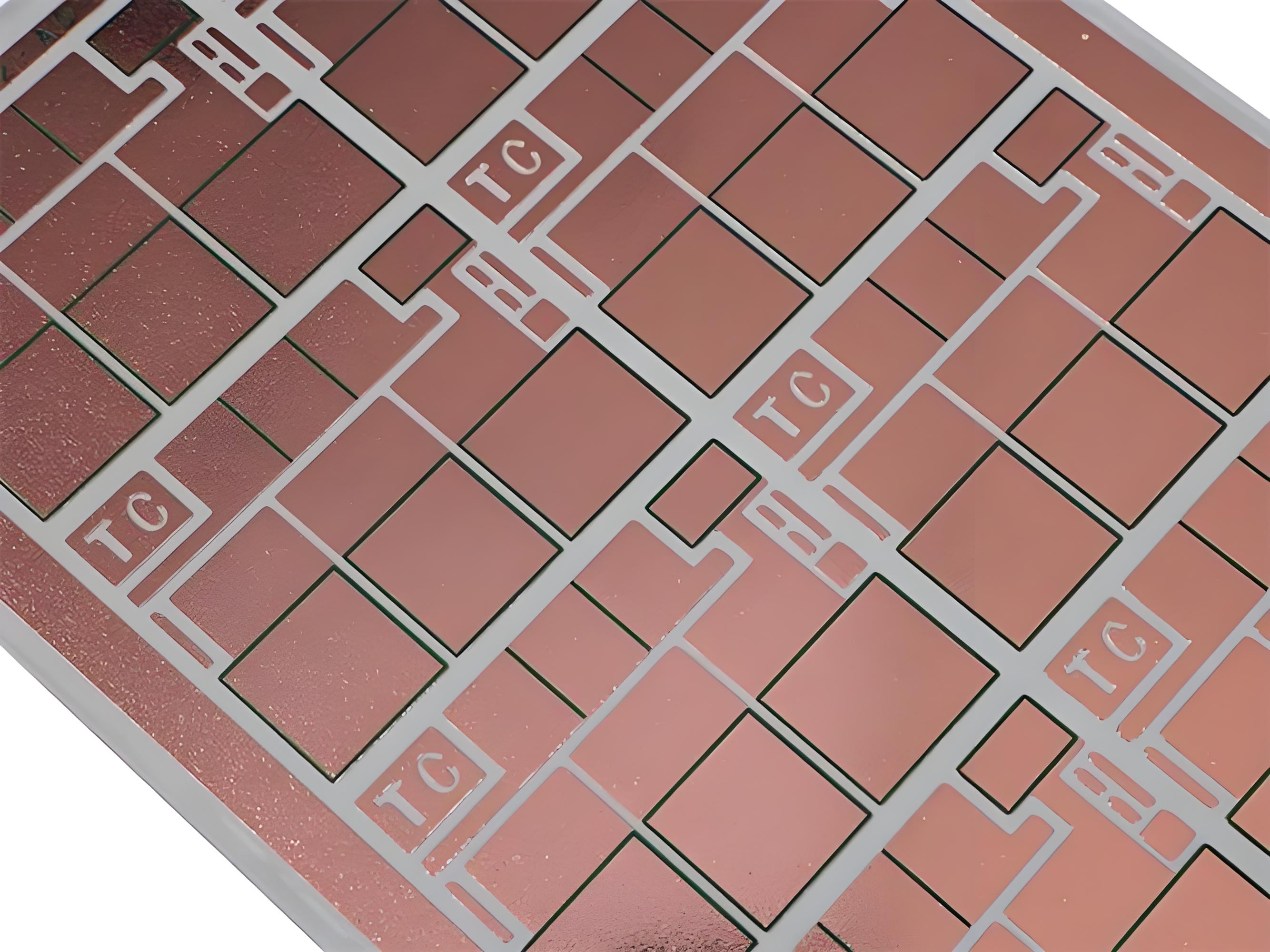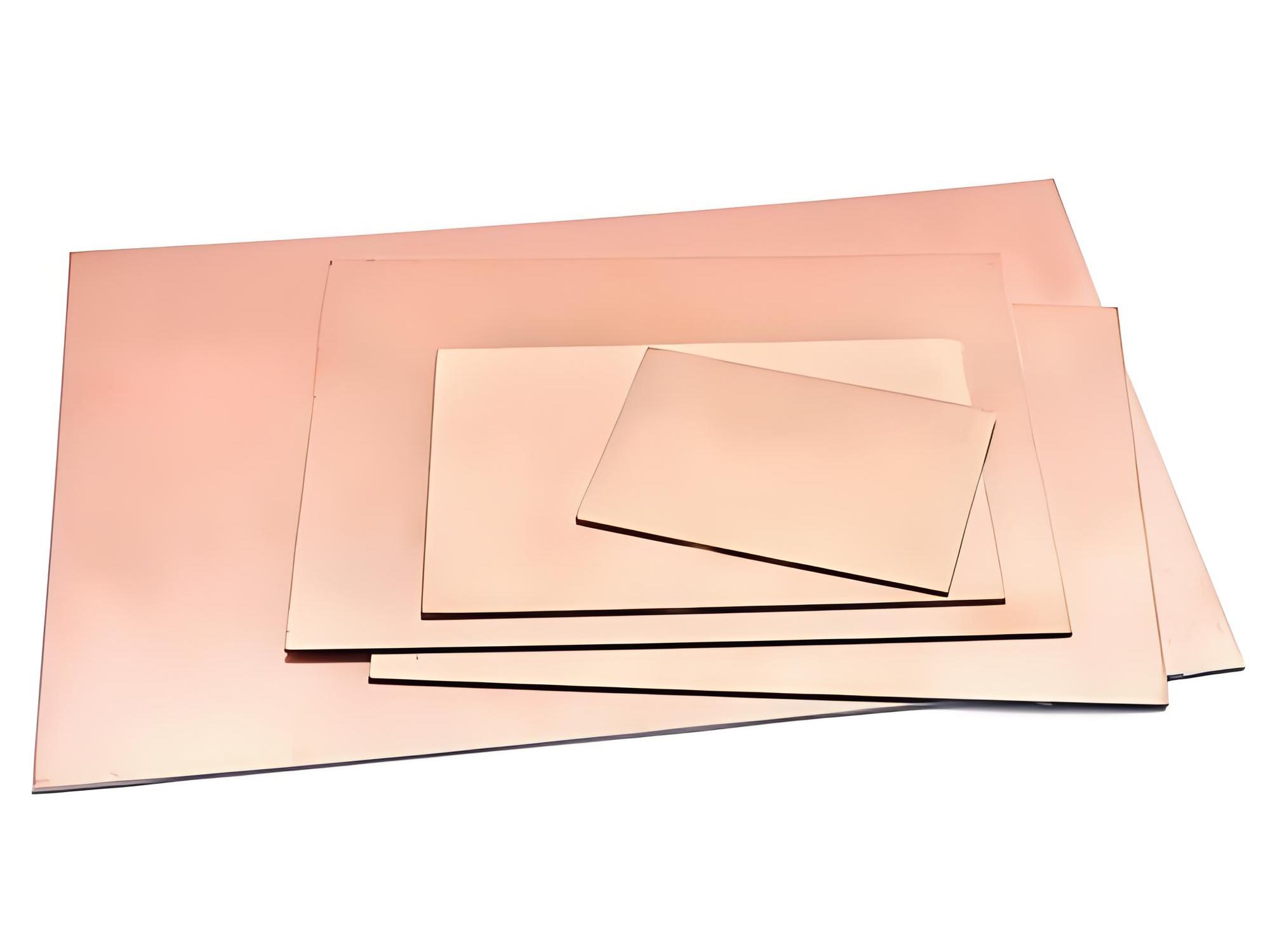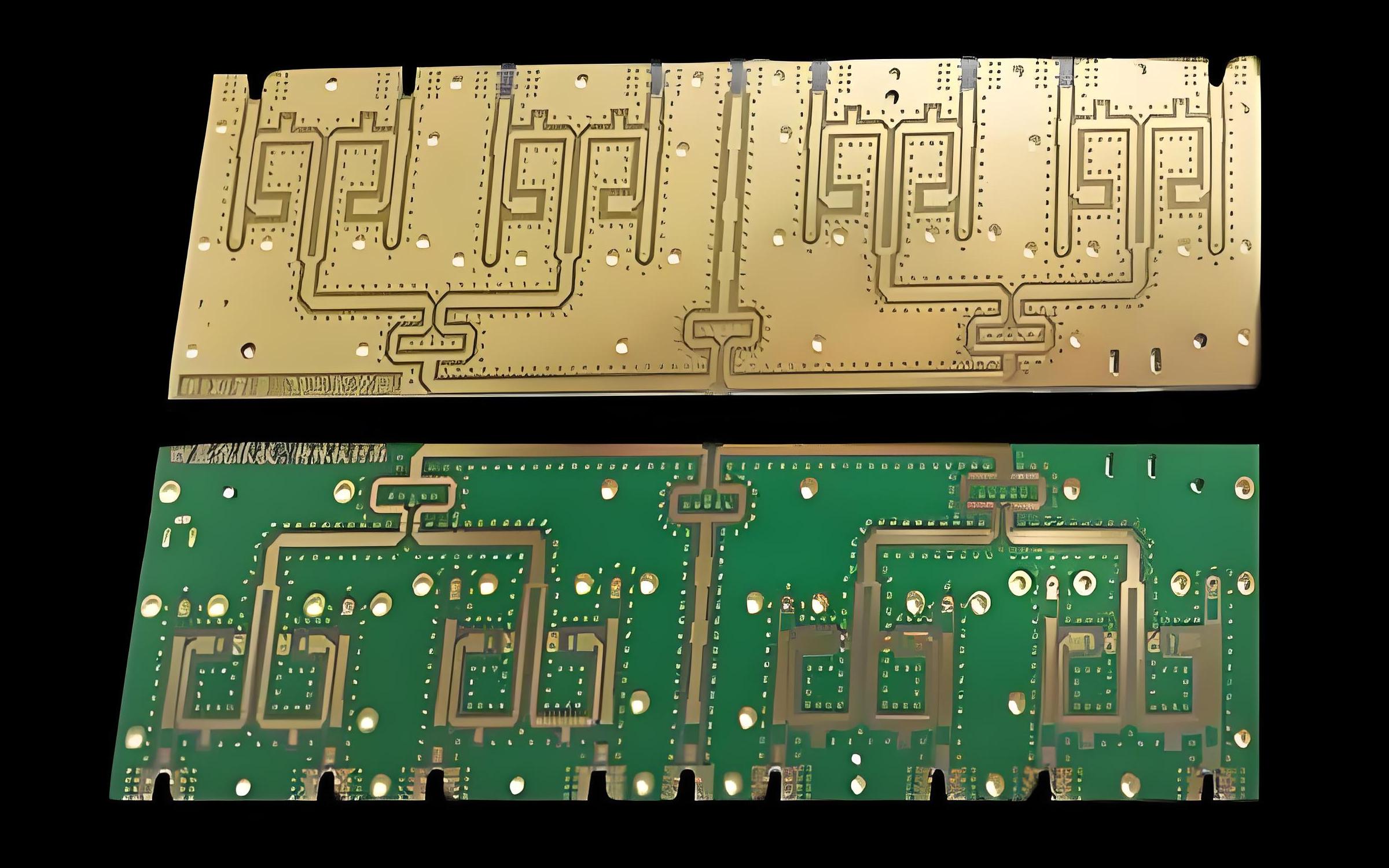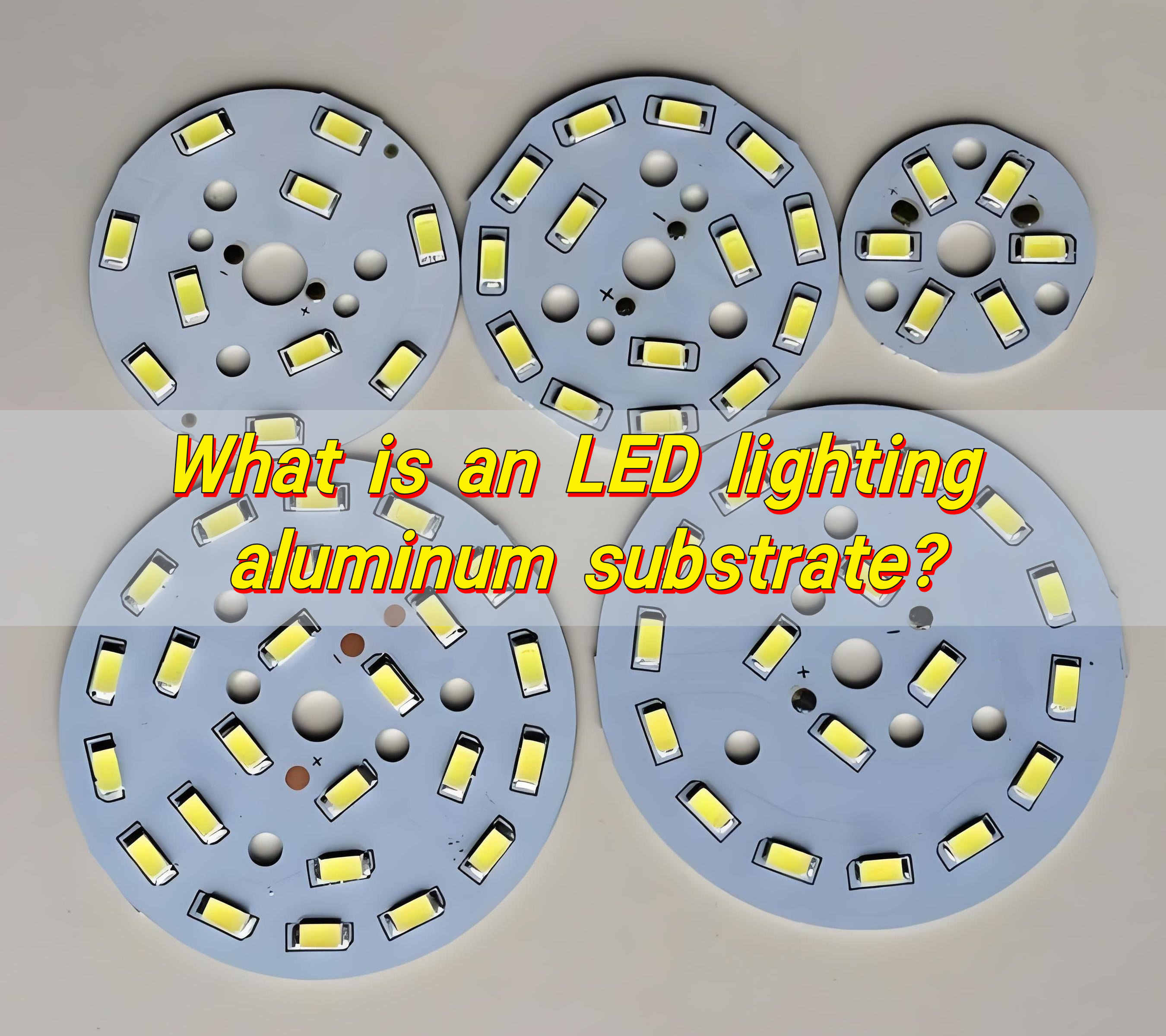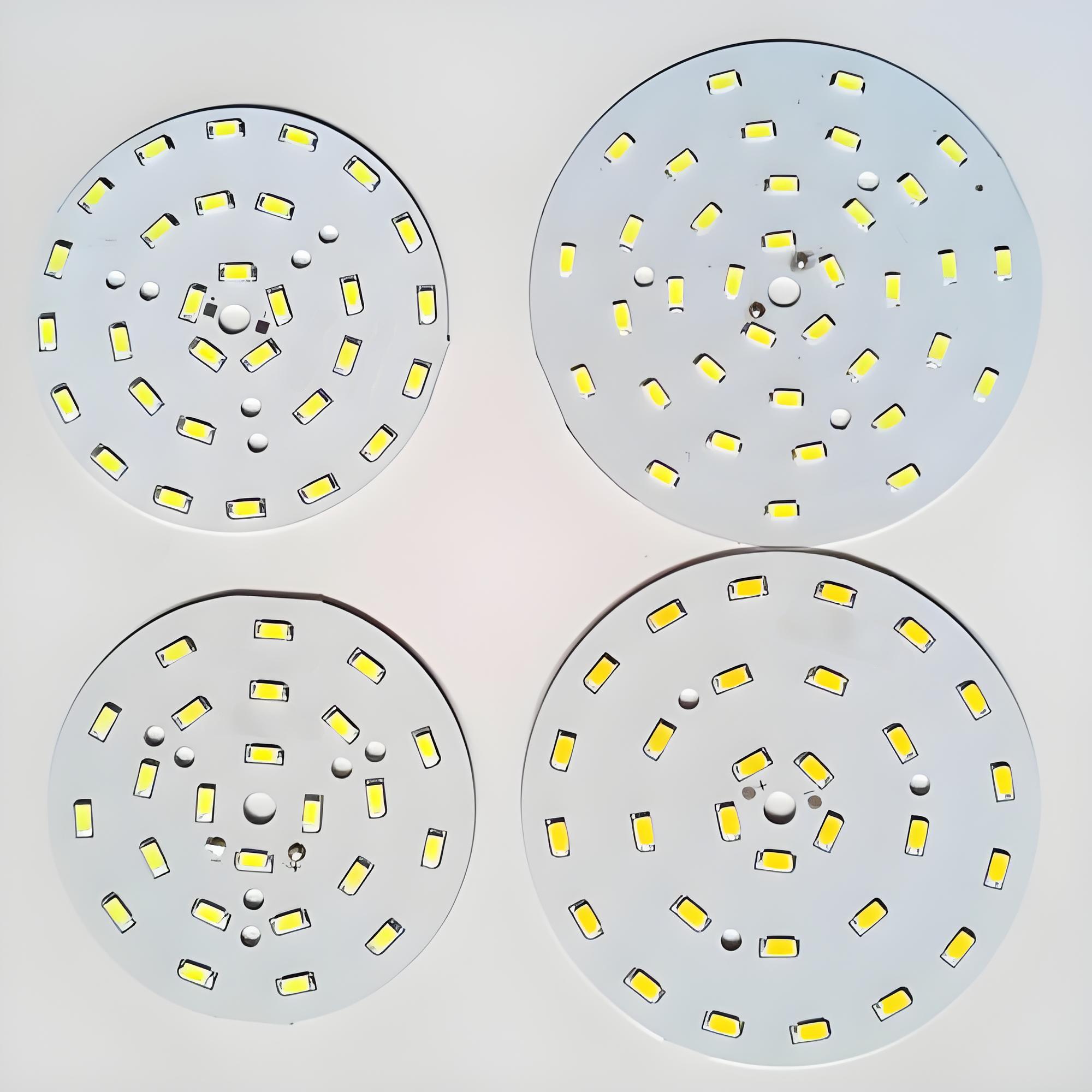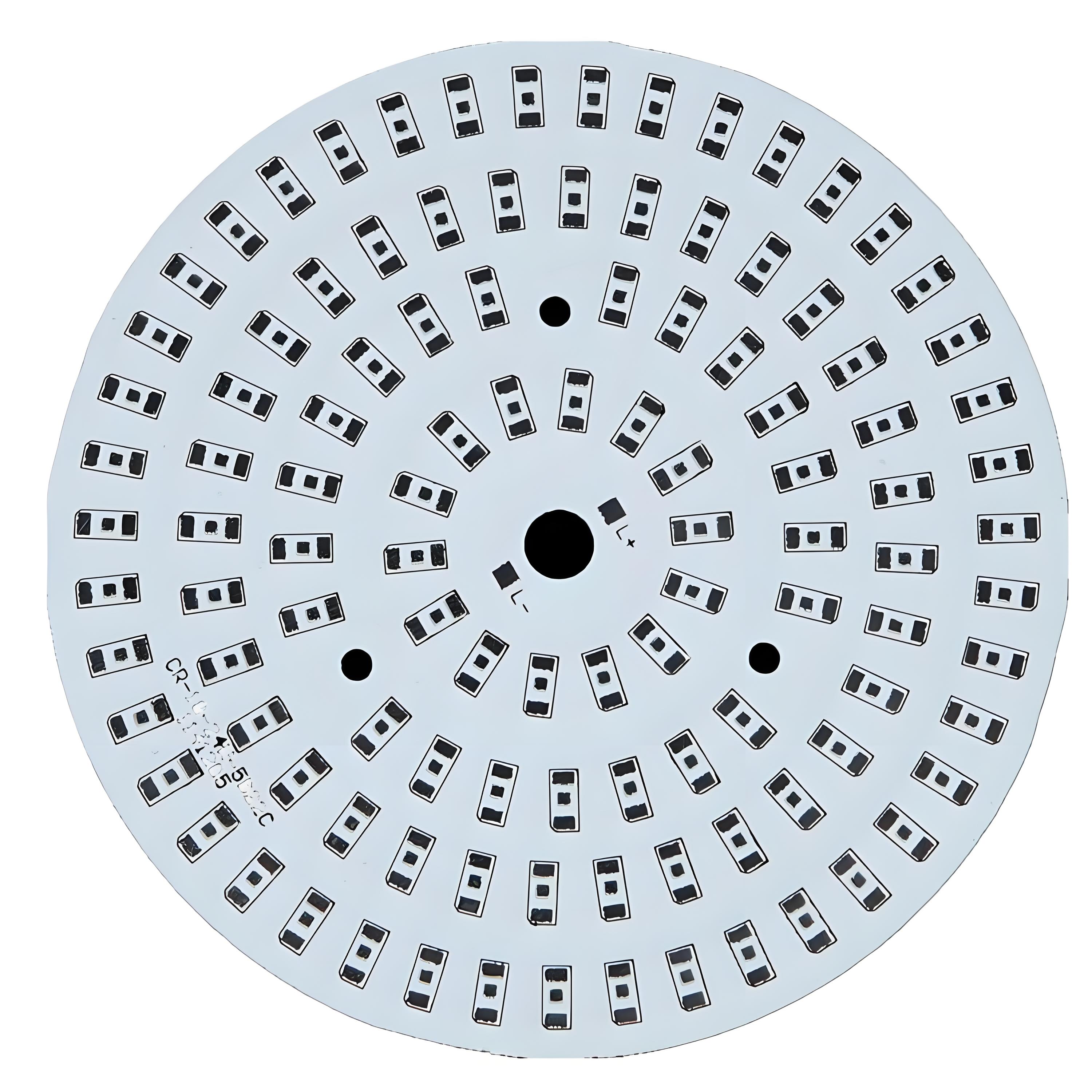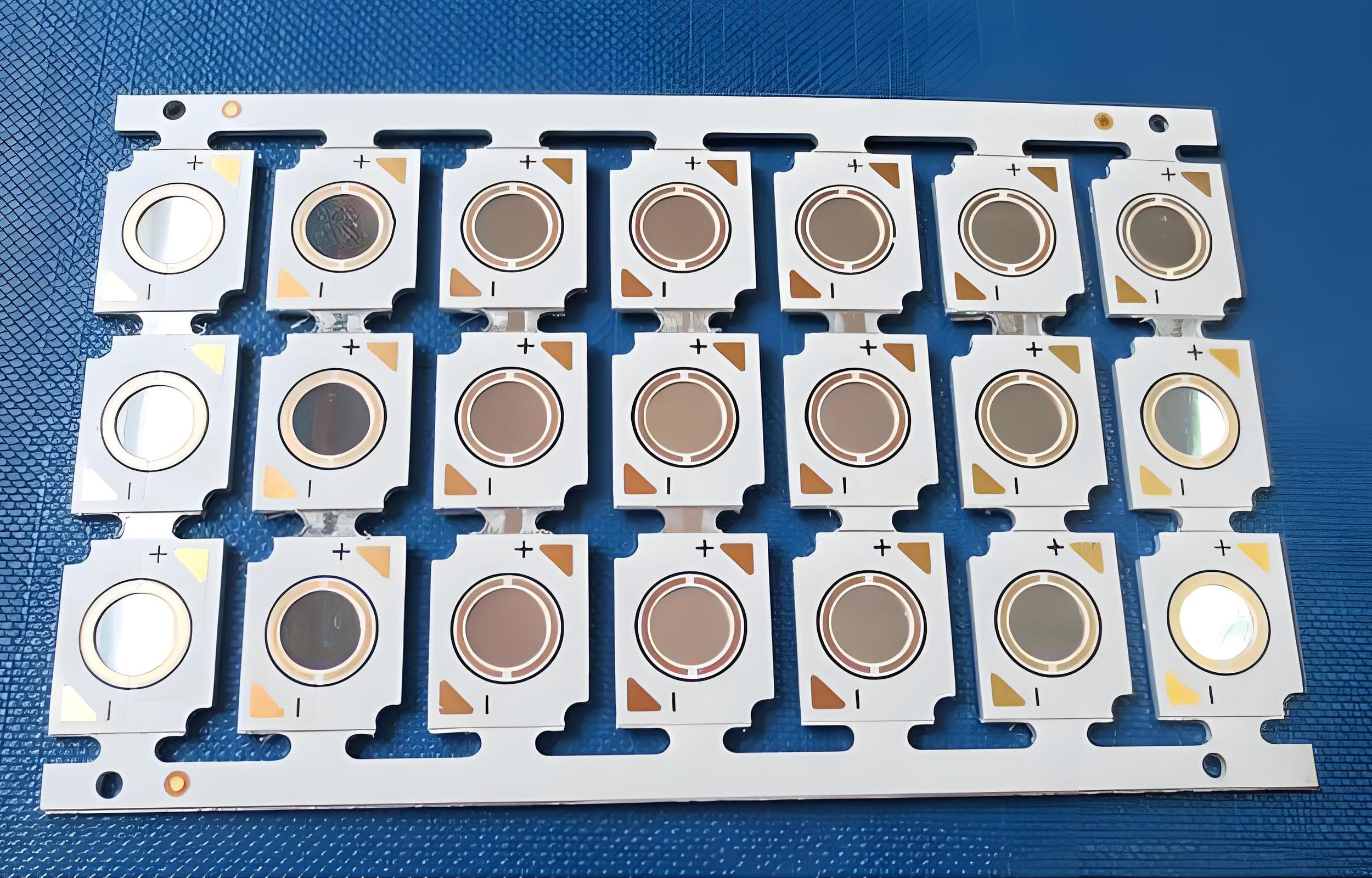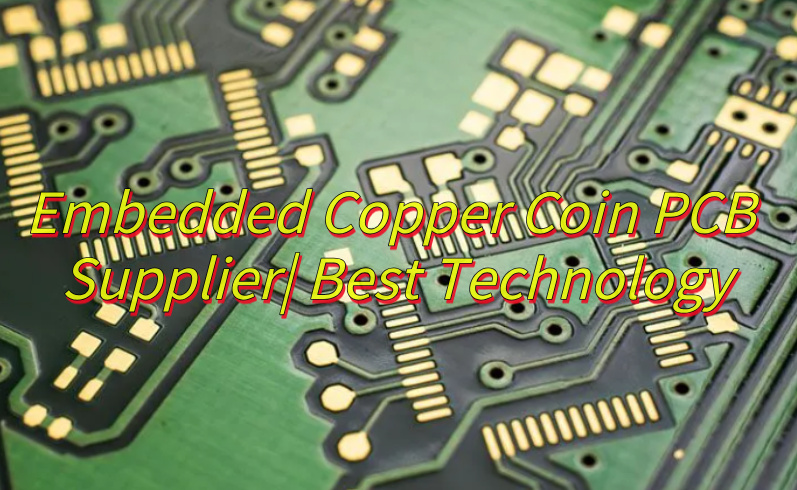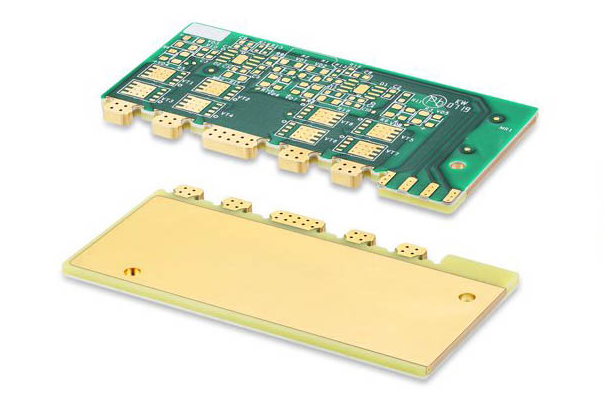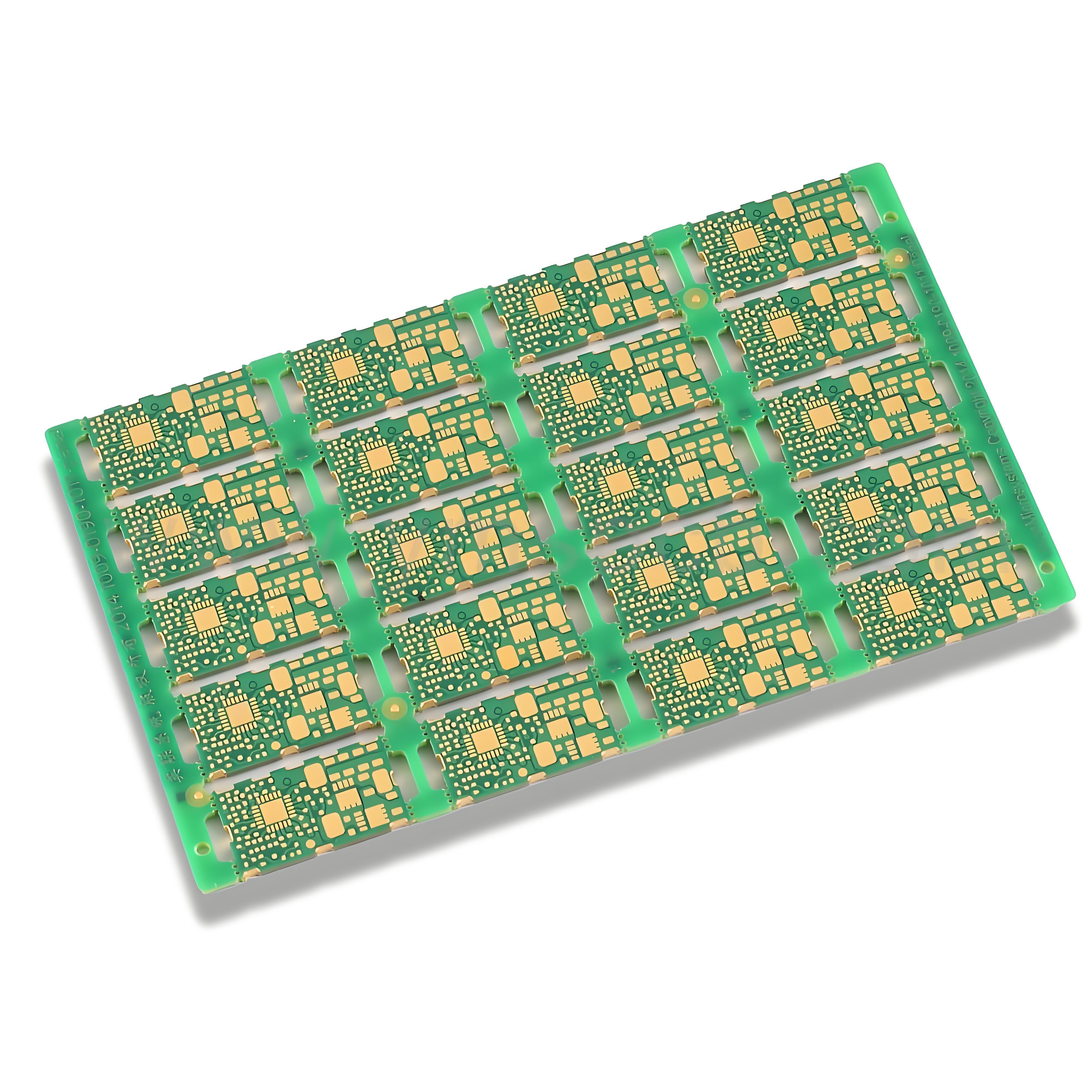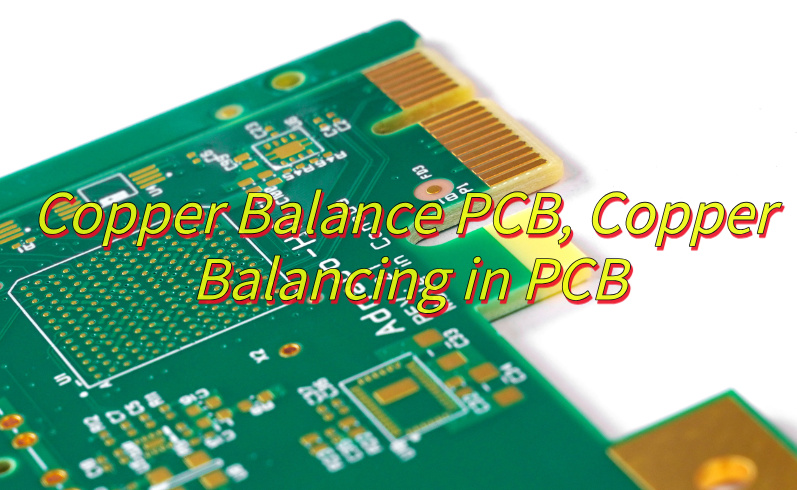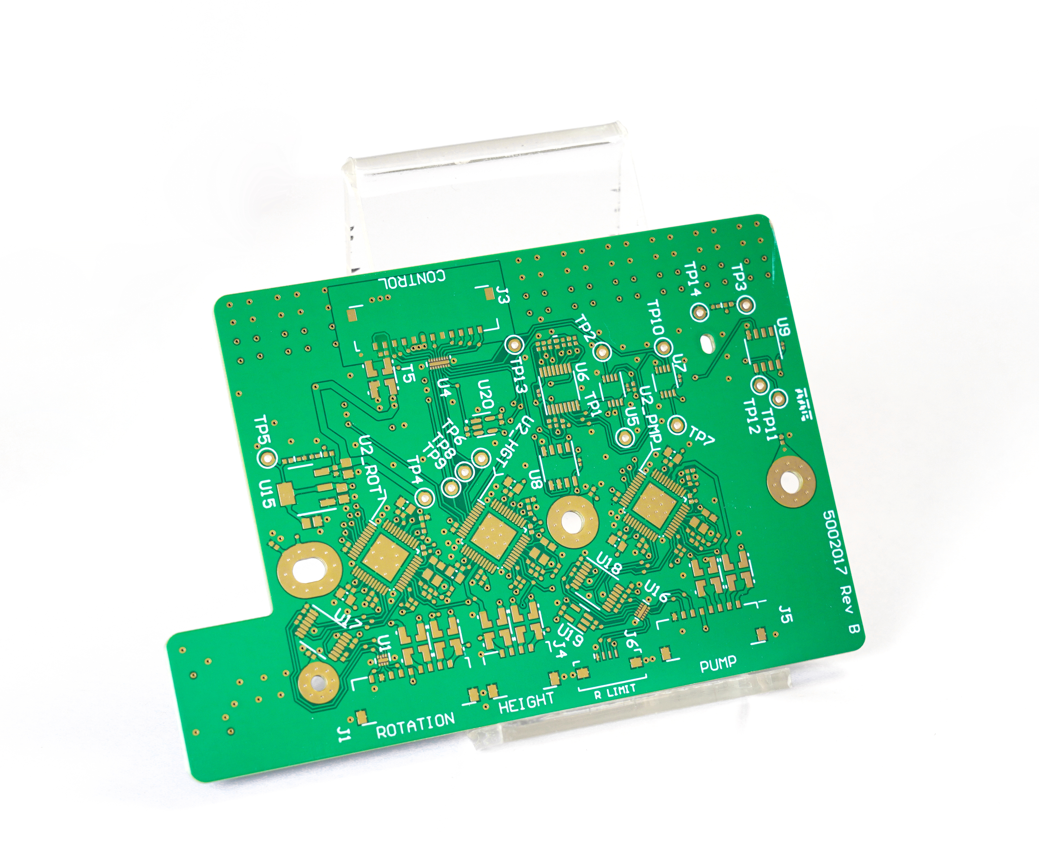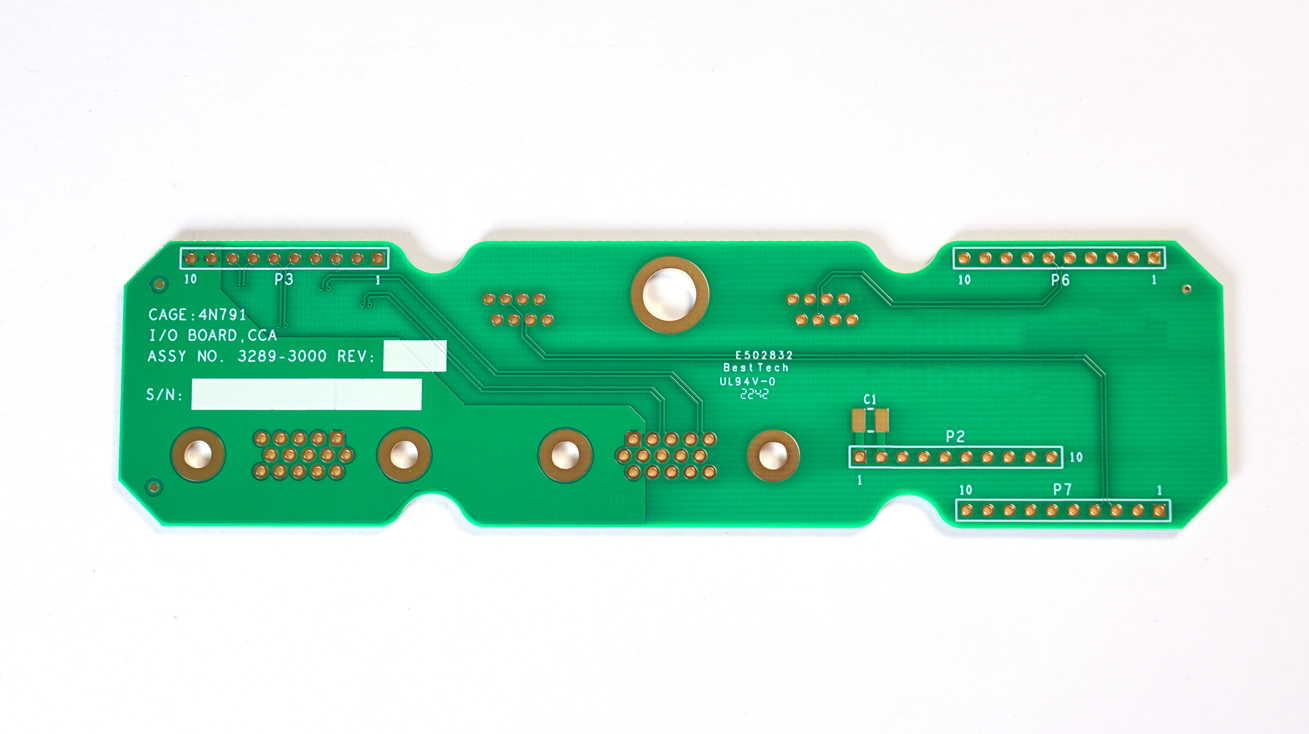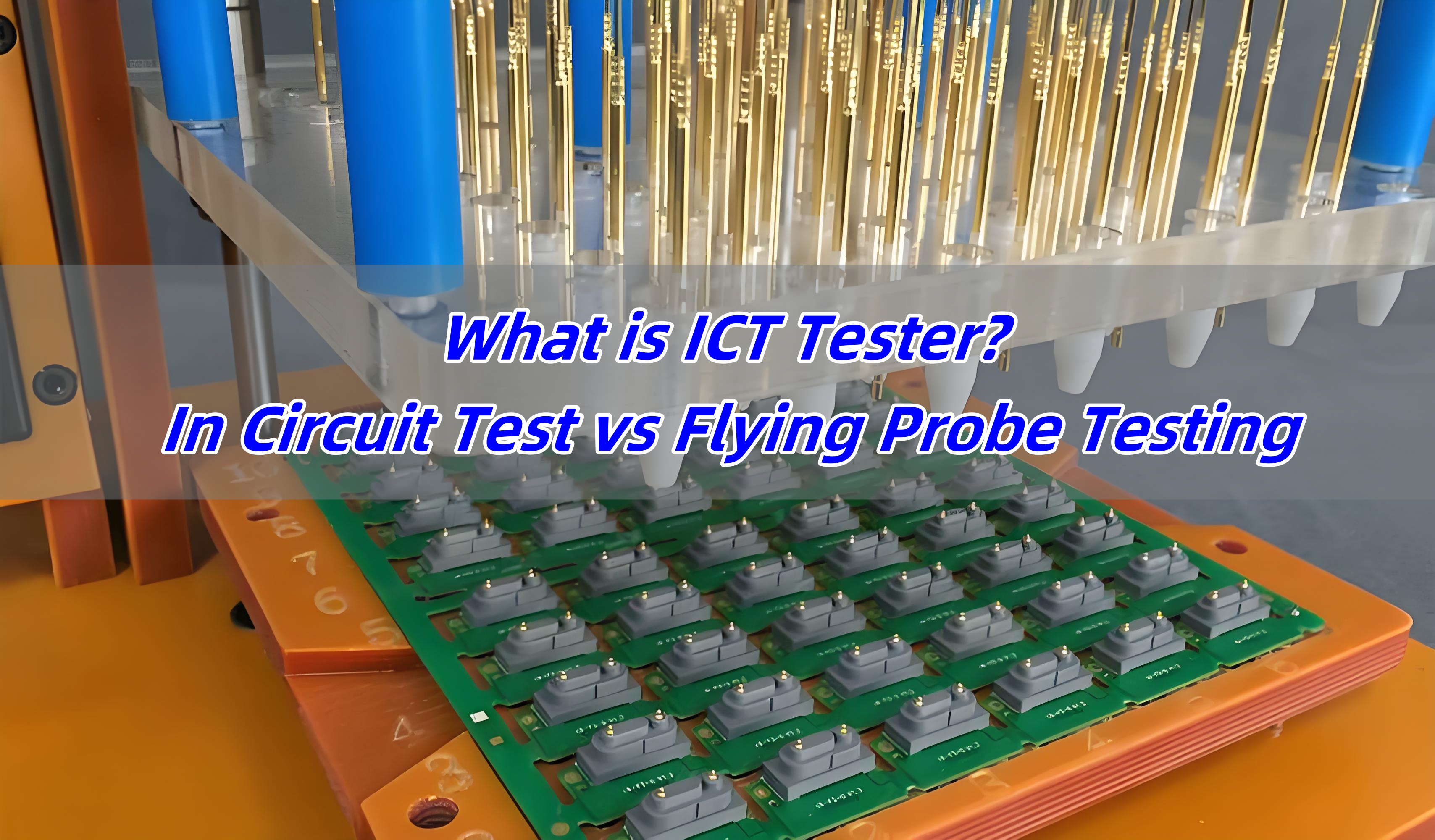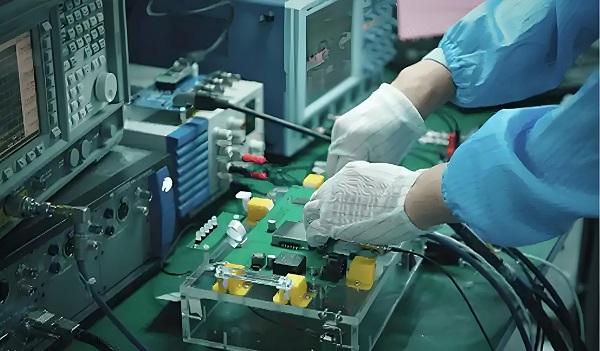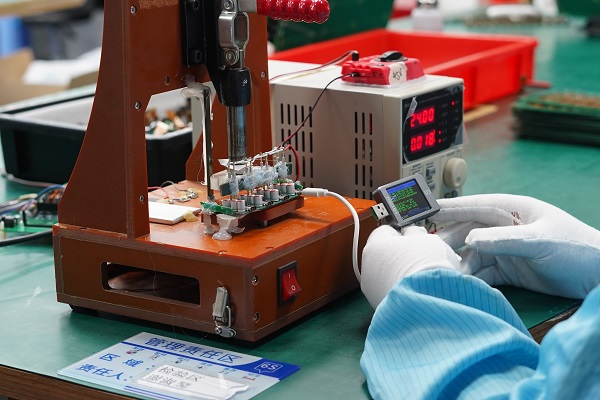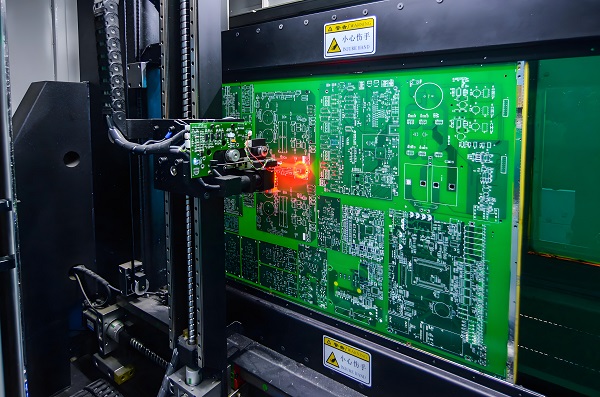What is tinned copper busbar? Let’s discover its definition, specification, benefits, applications, HS code, tinning process, price and recommend supplier.
Are you worried about these problems?
- Low conductivity causing high electricity costs.
- Rapid oxidation/corrosion leading to equipment instability.
- Long customization cycles delaying project progress.
Best Technology can provide service and solutions:
- High-Conductivity Design: 15% lower resistance for measurable energy savings.
- Corrosion-Resistant Coating: 1000-hour salt spray resistance ensuring extended lifespan.
- Rapid Customization: 48-hour delivery with ¬Ī0.1mm precision for accelerated project timelines.
Welcome to contact us if you have any request for tinned copper busbar: sales@bestpcbs.com.
What is Tinned Copper Busbar?
Tinned copper busbar is a conductive connector made of copper with a tin-plated surface. It is widely used in power transmission, electrical equipment, and new energy systems. Its core function is to achieve efficient current distribution through the high conductivity of high-purity copper.
The tin coating provides oxidation and corrosion resistance, extending the busbar’s service life in humid or corrosive environments while improving welding performance and contact reliability. This material is commonly used in distribution cabinets, switchgear, battery modules, and other applications, and is a key component for ensuring the stable operation of electrical systems.
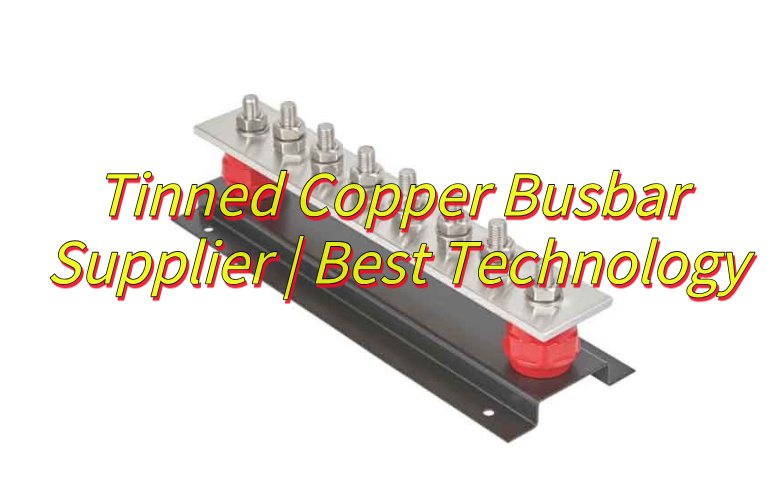
Tinned Copper Busbar Specification
| Parameter Category | Specifications |
| Material Standards | High-purity copper (‚Č•99.90%), compliant with ASTM/JIS/GB standards |
| Dimensions Range | Thickness: 1~60mm |
| Width: 5~350mm | |
| Length: ‚ȧ6400mm (customizable) | |
| Plating Characteristics | Tin-plated surface, corrosion-resistant & abrasion-resistant |
| Electrical Performance | Resistivity: Graded control (0.460~0.290 in: 896.15 ő©¬∑lb/mile¬≤) |
| Current capacity examples: 5√ó30mm: 400A | |
| Mechanical Properties | Tensile strength ‚Č• 500N |
| Bending test: 15¬į radius bend for 10,000 cycles without fracture | |
| Temperature Range | Operating temperature: -55¬įC ~ +150¬įC |
| Storage temperature: -40¬įC ~ +40¬įC |
Advantages of Tin Plated Copper Busbar
- Superior Corrosion Resistance‚ÄĆ: Tin layer isolates copper from air/moisture, preventing oxidation in harsh environments (such as offshore wind farms, chemical plants).
- ‚ÄĆStable Conductivity‚ÄĆ: Copper substrate ensures low resistivity (‚ȧ0.01724 ő©¬∑mm¬≤/m); tin prevents surface oxidation-induced impedance rise, avoiding overheating.
- ‚ÄĆEnhanced Solderability‚ÄĆ: Tin reduces soldering temperature (180-220¬įC vs. 300¬įC+ for bare copper), minimizing thermal damage risks.
- ‚ÄĆMechanical Protection‚ÄĆ: Tin hardness (HV 10-12) exceeds pure copper (HV 40-45), improving scratch resistance for handling/installation.
- ‚ÄĆBroad Compatibility‚ÄĆ: Tin exhibits weaker galvanic corrosion with aluminum/nickel, ideal for hybrid systems (e.g., battery pack connections).
- ‚ÄĆCost Efficiency‚ÄĆ: 50%+ savings over silver plating, with abundant tin supply and stable sourcing.
- ‚ÄĆEco-Compliance‚ÄĆ: Lead-free tin plating (RoHS-certified) meets EU/China regulations for green industries (PV, EVs).

Applications of Tinning Copper Busbar
- Power transmission systems
- High-voltage harnesses for new energy vehicles
- Renewable energy storage systems
- Conductive connections for industrial automation equipment
- Conductive components for rail transportation
- Data center power distribution systems
- Marine power transmission components
- Aerospace cables and wires
- Electromagnetic shielding layers for electronic equipment
Copper Busbar Tinning Process
1. Process Selection
Electroplating Tin
- Application: Precision electronic components (e.g., busbars, connectors).
- Features: Thin coating (3-5őľm), bright finish, strong adhesion. Requires wastewater treatment systems.
- Equipment: Continuous plating lines.
Hot-Dip Tinning
- Application: Thick-coating requirements (e.g., food cans, relay contacts).
- Features: Thick coating (10-200őľm), metallurgical bonding. Variable surface uniformity; requires tin residue removal.
- Equipment: Molten tin furnace with adjustable conveyor speed for thickness control.
2. Pre-Treatment Steps
- Surface Cleaning: Alkaline degreasing followed by ultrasonic cleaning to remove oils and contaminants.
- Acid Pickling: Sulfuric or hydrochloric acid solution to eliminate oxides and rust.
- Activation: Palladium chloride solution to create active surface sites for adhesion enhancement.
- Pre-Fluxing: Zincate-based solution to align tin atoms uniformly and prevent oxidation.
3. Tinning Process
Electroplating Tin
- Bath Composition: Methylsulfonate tin or sulfate tin (Sn¬≤‚Āļ) as primary salt, with additives (brighteners, buffers).
- Parameters: Current density 1-3 A/dm¬≤, temperature 20-30¬įC, duration 3-10 minutes.
- Operation: Cathodic deposition with multi-stage counterflow rinsing using deionized water.
Hot-Dip Tinning
- Annealing: 400-550¬įC to improve ductility; water quenching for structural stabilization.
- Flux Coating: Industrial soft water-based flux (1:3 dilution ratio) to inhibit surface oxidation.
- Dipping: Immersion in 250¬įC molten tin; coating thickness adjusted via conveyor speed (10-200őľm range).
- Cooling: Forced air or water quenching to solidify coating structure.
4. Post-Treatment Steps
- Cleaning & Neutralization: Multi-stage rinsing followed by sodium phosphate (Na‚āāHPO‚āĄ/Na‚āÉPO‚āĄ) neutralization.
- Passivation: Sodium dichromate solution for corrosion resistance enhancement.
- Drying & Coating: Hot-air drying combined with stearic acid or organic film application for oxidation protection.
5. Quality Control
- Thickness Testing: X-ray fluorescence (XRF) per IPC-4554 standards.
- Visual Inspection: Smooth surface free of pits, blisters, or delamination.
- Performance Testing: Solderability assessment via wetting balance method; salt spray/accelerated corrosion tests.
6. Environmental & Safety
- Wastewater Management: Chemical treatment for electroplating effluent; tin slag recycling programs.
- Waste Segregation: Hazardous waste (spent baths) vs. recyclable materials (tin residues) classification.
- Safety Protocols: Personal protective equipment (goggles, gloves), ventilation systems, and furnace maintenance schedules.
7. Common Issues & Solutions
- Uneven Coating: Optimize current density distribution; recalibrate bath chemistry.
- Blisters/Tin Lumps: Reduce bath temperature; install advanced filtration systems.
- Oxidation Defects: Strengthen pre-activation steps; apply protective coatings immediately post-processing.
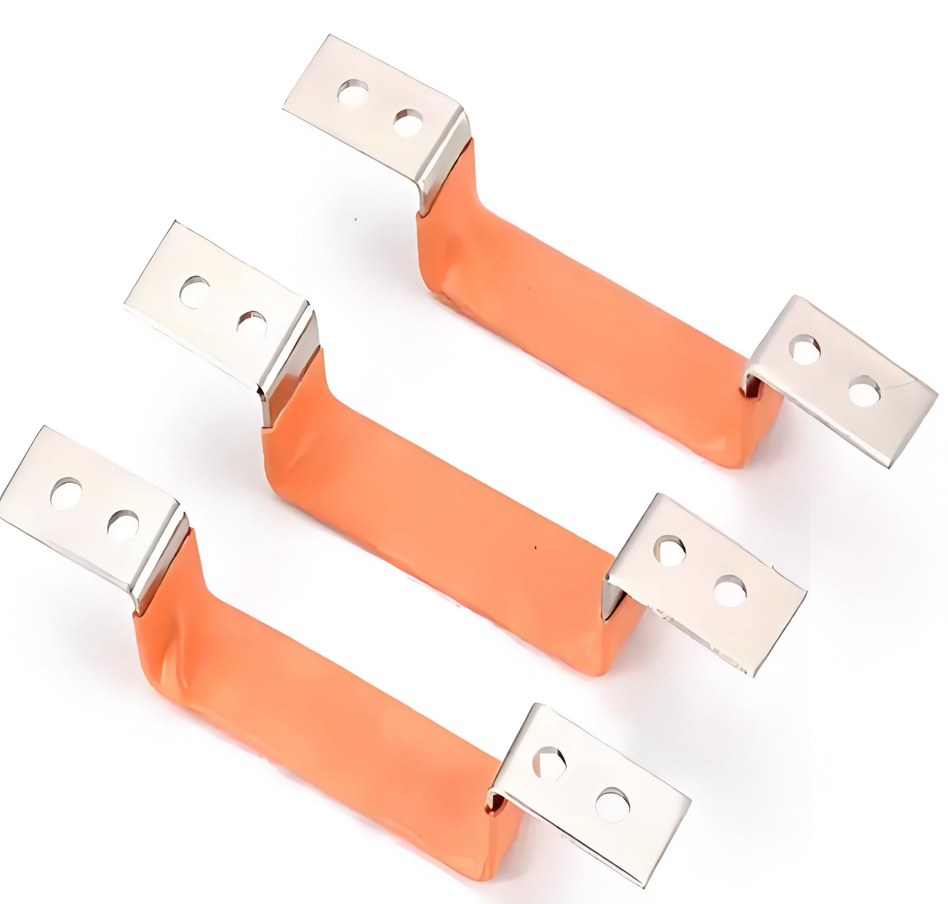
Tinned Copper Busbar HS Code
The HS Code for Tinned Copper Busbar (non-insulated) is 7413000000, classified under “Non-insulated copper stranded wires, cables, plaited bands, and similar articles” in the Harmonized System. This applies to bare copper busbars with tin plating, typically used in electrical power distribution and equipment connections, excluding insulated variants (which fall under HS 8544).
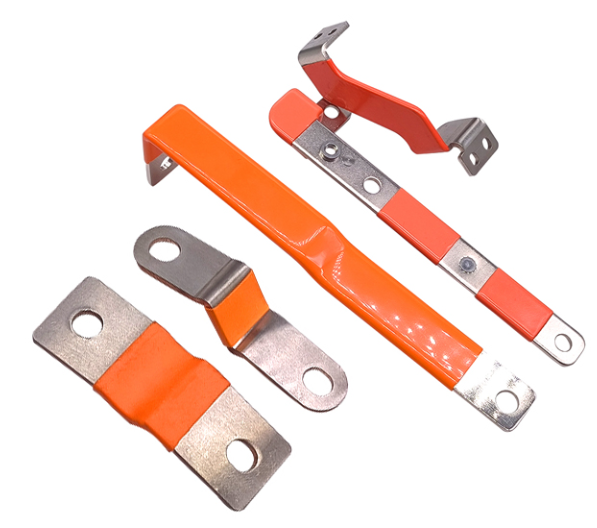
How Much Does Tinned Copper Cost?
Products:
- Busbar (30√ó3mm): $25-30/meter (+15% vs bare copper).
- Wire (4mm¬≤): $0.83-1.24/meter; (+0.04/meter per 1őľm tin thickness).
- Plate (2mm): $48-55/m².
Cost Drivers:
- Copper base: $9,450/ton (LME, ‚Čą80% of cost).
- Tin plating: $1.10-2.10/kg.
Volume Discount:
- ‚Č•1 ton: 12-18% discount.
Why Choose Best Technology as Tinned Copper Busbar Supplier?
Reasons to Choose Best Technology for Tinned Copper Busbar Supplier:
- Global Compliance: IATF 16949/UL/ROHS certified, meeting automotive and aerospace standards.
- Cost Efficiency: Bulk material sourcing and automated production deliver top-tier pricing (top 10% in the industry).
- Transparent Pricing: Full cost breakdown (materials, processing, testing) with no hidden fees.
- Tiered Pricing: 3-5% off for orders exceeding 500kg per batch.
- Premium Materials: A-grade electrolytic copper (99.95% purity) with batch-specific 3rd-party lab reports.
- Rigorous QC: 100% XRF thickness testing + 500-hour salt spray certification.
- 24/7 Technical Support: Multilingual team resolves urgencies within 4 hours.
- Customization: Supports complex geometries (L/Z-shapes) and multi-layer coatings (tin+nickel).
- On-Time Delivery: 98.5% punctuality rate; 72-hour expedited shipping for urgent orders.
- PCBA Integration: Pre-assembled busbars with insulation sleeves/connectors + free functional testing (3000V AC withstand).
Welcome to contact us if you have any request for tinned copper busbar: sales@bestpcbs.com.






